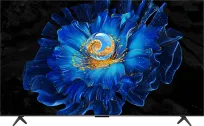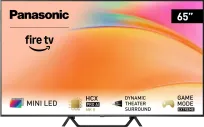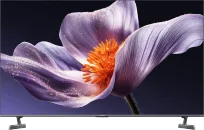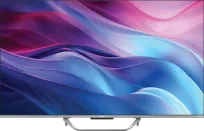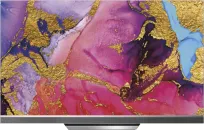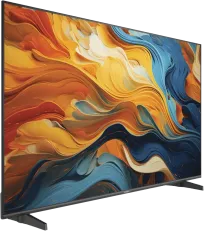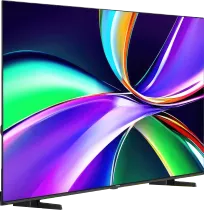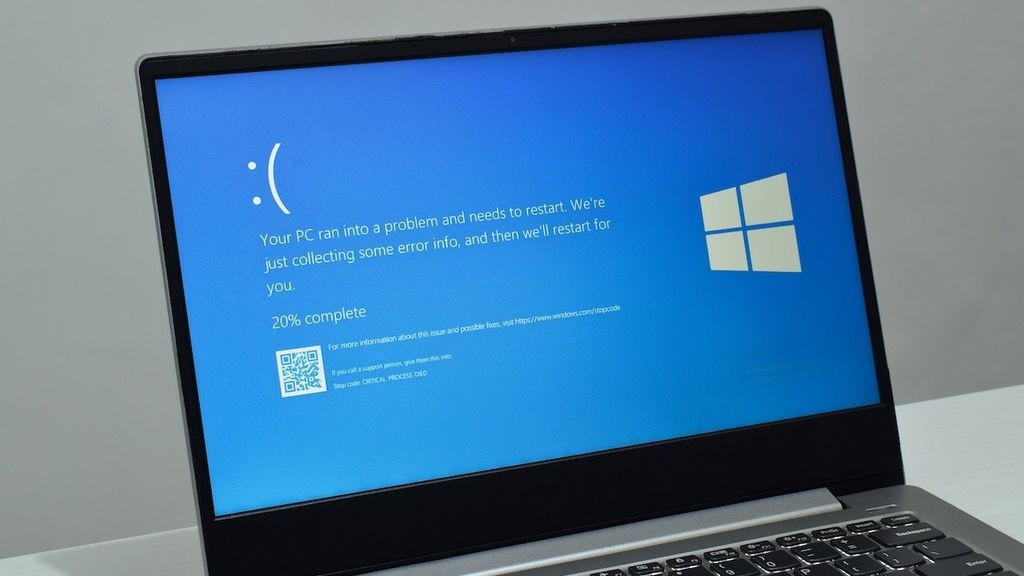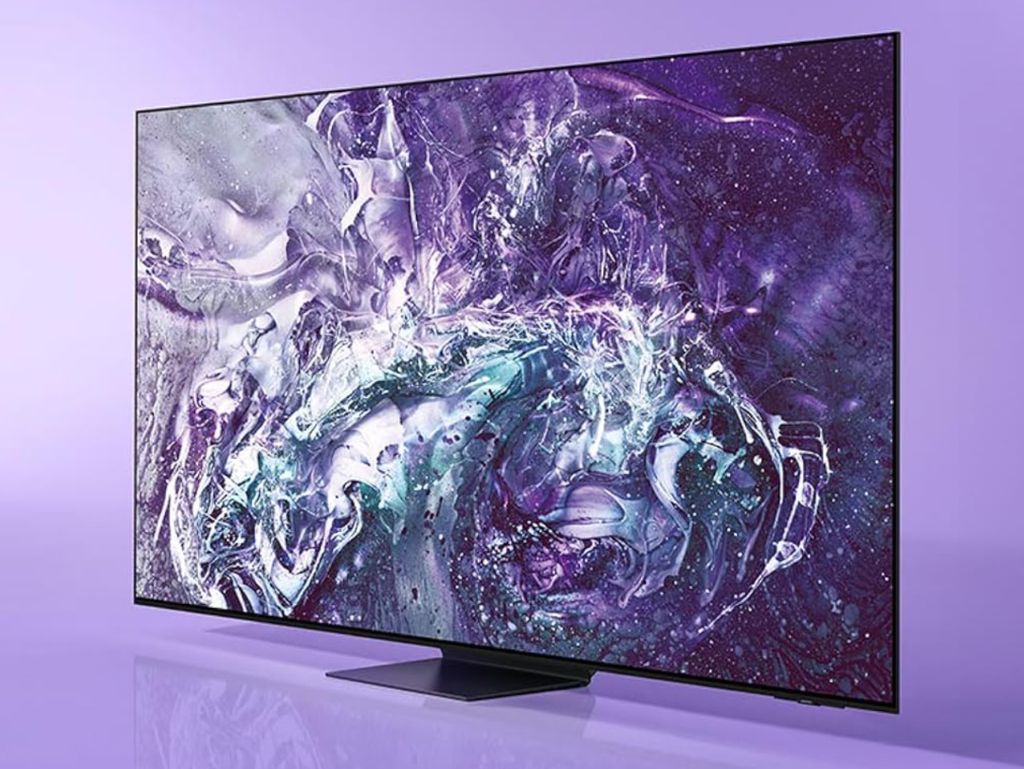
The Rtings service, known for its reviews of consumer electronics, recently sparked discussions by claiming that thinner LCD TVs with edge LED backlighting have a significantly shorter lifespan than other types of TVs. In a study that covered over 100 models and simulated more than 10,000 hours of typical usage (about six years), it was shown that edge-lit TVs fail more often than models with direct backlighting, full local dimming, or OLEDs.
The report indicates that as much as 64% of tested edge-lit televisions had issues with even backlighting after 10,000 hours, compared to 25% of other models. Problems such as cracks in the light guide plates or burnt-out LEDs started to appear after about 2,200 hours (approximately one year of use). Thermal imaging analysis showed that these models heat up significantly more in the lower parts of the screen, leading to distortion.
Not everyone agreed with the research findings. Manufacturers such as Samsung and LG claim that edge LED lighting is a proven technology that has undergone numerous tests and has been successfully used for many years. They emphasize that constant improvements are being made to enhance durability and image quality. For many companies, it is essential to demonstrate that their products are reliable in real-world conditions, not just in controlled laboratory tests.
TV longevity test from the RTINGS.COM portal
LG QNED80 2020
Samsung Q60B
Source: https://www.rtings.com/tv/tests/longevity-burn-in-test-updates-and-results
https://www.flatpanelshd.com/news.php?subaction=showfull&id=1730904914
https://www.profesionalreview.com/2021/05/02/edge-led-vs-fald/
 Katarzyna Petru
Katarzyna Petru